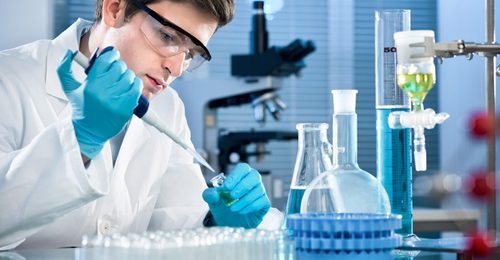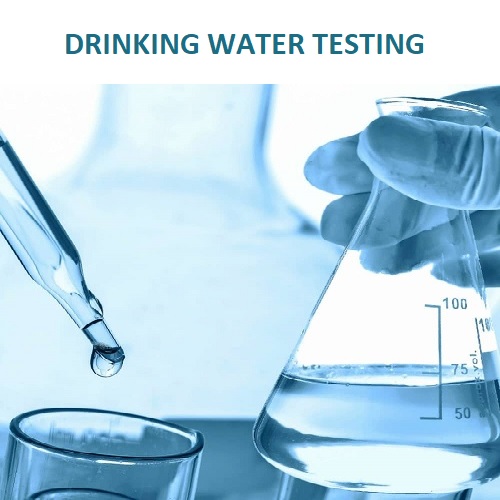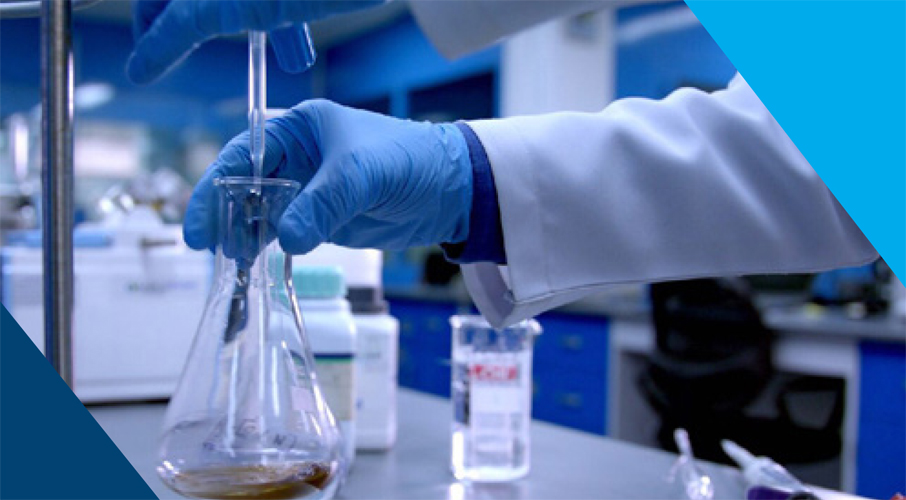Why You Must Select Our Water Testing Service for Your Home
Wiki Article
Discover What Is Included in Water Checking and Exactly How It Ensures Safe Alcohol Consumption Water
Comprehending the intricacies of water testing is essential in ensuring the top quality and security of our drinking water. Through a precise assessment of physical, chemical, and microbiological elements, water testing determines possible pollutants that might position health and wellness risks.Key Elements of Water Testing
Water testing is an important process that entails several crucial elements to make certain the safety and high quality of drinking water. In addition, making sure the pH balance of water is essential, as it influences the water's corrosiveness and the efficacy of sanitation procedures.Another substantial element entails microbiological evaluation, where water examples are taken a look at for the presence of microbes such as bacteria, viruses, and protozoa. If consumed, this evaluation is crucial to recognize organic threats that can position wellness dangers. Chemical evaluations are carried out to discover inorganic and organic compounds, such as hefty metals, nitrates, and pesticides, that may be present in the water supply.

Detecting Unsafe Pollutants
Spotting damaging impurities in drinking water is an essential element of protecting public health and wellness. This procedure includes identifying potential threats that can compromise the top quality and safety and security of water products. Pollutants can range from microorganisms such as microorganisms, infections, and protozoa, to inorganic substances like lead, arsenic, and nitrates, in addition to natural contaminants including chemicals and industrial chemicals. Each kind of impurity positions unique health and wellness threats, making their detection essential to make sure the water consumed by the public is risk-free.
Water screening for contaminants is normally performed by regulatory firms and water energies, utilizing a mix of field tasting and lab evaluation. These assessments are created to find both normally occurring compounds and anthropogenic pollutants that may have gotten in the water system through farming overflow, industrial discharge, or aging facilities. Regular tracking is essential, as contamination levels can vary as a result of ecological adjustments, seasonal variants, or human tasks.
The recognition of hazardous impurities notifies required actions, such as water treatment interventions or public advisories, to minimize dangers. Early discovery is vital to stop unfavorable health effects, ranging from intestinal ailments to long-lasting problems like cancer cells, thus making sure the continued security of drinking water.

Chemical Analysis Methods
In the world of guaranteeing secure alcohol consumption water, chemical evaluation strategies play a critical function in identifying and quantifying pollutants. These approaches are vital for discovering a broad selection of chemical materials, consisting of hefty steels, pesticides, and industrial pollutants, which can pose considerable health and wellness threats. Strategies such as atomic absorption spectroscopy (AAS) and inductively combined plasma mass spectrometry (ICP-MS) are commonly employed to determine trace degrees of steels like mercury, lead, and arsenic. These tools provide accurate quantification, facilitating compliance with regulatory standards.Gas chromatography-mass spectrometry (GC-MS) is an additional critical technique, specifically for organic substances. It separates intricate blends and determines semi-volatile and unstable natural compounds, ensuring that pollutants like benzene and toluene are within secure limitations. High-performance fluid chromatography (HPLC) is in a similar way made use of for non-volatile materials, including particular pesticides and pharmaceuticals.
Ion chromatography is utilized to establish concentrations of anions and cations, such as nitrates and sulfates, which are essential in examining water high quality. These chemical analysis methods collectively make certain that drinking website link water stays risk-free by detecting discrepancies from established purity standards, thus safeguarding public health and wellness. Ensuring accuracy and accuracy in these tests is extremely important to maintaining the integrity of water safety and security analyses.
Microbiological Checking Methods
Exact microbiological testing is critical for protecting public health and wellness by making certain that alcohol consumption water is cost-free from harmful pathogens. This process entails identifying and specifying microorganisms such as bacteria, viruses, and protozoa that might pollute water materials. Typical microorganisms include Escherichia coli, Giardia, and Cryptosporidium, each presenting significant wellness dangers.A number of techniques are used in microbiological testing to determine these threats. The membrane filtration method is regularly used, involving water passing with a filter that captures germs, which are after that cultured to identify their visibility and concentration. The multiple-tube fermentation approach enables the quantification of coliform microorganisms utilizing a collection of dilution and incubation steps.
Advancements in technology have introduced molecular techniques such as polymerase chain response (PCR), which enables the fast and extremely specific detection of virus by amplifying their hereditary material. Enzyme-linked immunosorbent assays (ELISA) also provide a technique to spot microorganisms by recognizing specific proteins or antigens.
These varied techniques are vital for detailed water quality analysis, ensuring that water treatment procedures are efficient and that circulation systems keep security. By utilizing these microbiological screening methods, prospective carcinogen can be identified and minimized without delay.

Significance for Public Health
Guaranteeing the microbiological security of drinking water directly affects public wellness by protecting against the spread of waterborne diseases. Pathogens such as bacteria, infections, and protozoa can bring about diseases like cholera, dysentery, and intestinal infections (Water Testing Services Near Me). The implementation of thorough water screening protocols is critical in determining and reducing these threats, therefore guarding communities from prospective outbreaksNormal water screening not only identifies microbial impurities but likewise examines chemical and go to my blog physical criteria that can affect wellness. Excessive levels of nitrates or heavy metals such as lead can present major wellness threats, particularly to prone populaces like infants and pregnant ladies. By recognizing these hazards early, water screening allows timely treatments, making certain the water supply continues to be within secure usage criteria.
Furthermore, water screening plays a critical function in keeping public confidence in community water supply. It gives openness and liability, comforting the general public that their health and wellness is a priority. For plan makers and wellness officials, the information originated from water screening educates choices on infrastructure financial investments and public health strategies, ensuring sources are guided where they are most required. By doing this, water testing is important in promoting a much healthier, safer culture.
Final Thought
Water testing functions as an important device for guaranteeing the safety and top quality of alcohol consumption water with detailed analysis of its physical, chemical, and microbiological buildings. By detecting hazardous impurities, such as hefty metals and pesticides, and using sophisticated methods like chromatography and spectrometry, water screening helps with the recognition of possible health risks. The application of rigorous testing procedures is essential for preserving compliance with security criteria, inevitably securing public health and wellness and strengthening self-confidence in local water supply.
By determining these hazards early, water testing allows timely interventions, guaranteeing the water supply stays within risk-free usage criteria.
Water screening offers as an important system for making certain the security and quality of drinking water with detailed assessment of its physical, chemical, and microbiological residential or commercial properties.
Report this wiki page